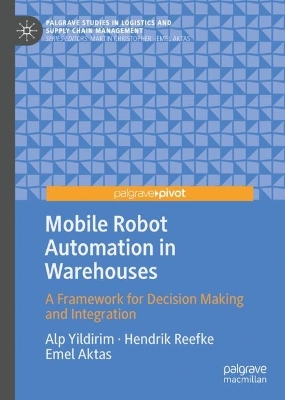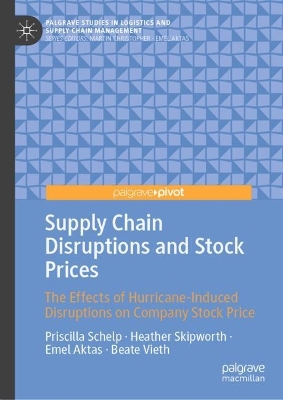Palgrave Studies in Logistics and Supply Chain Management
2 total works
Mobile Robot Automation in Warehouses
by Alp Yildirim, Hendrik Reefke, and Emel Aktas
Supply Chain Disruptions and Stock Prices
by Priscilla Schelp, Heather Skipworth, Emel Aktas, and Beate Vieth
Supply chain disruptions typically hurt stock prices, particularly if the disruption is caused by a natural disaster. While supply chains in the United States suffer from a wide range of supply chain disruptions induced by hurricanes, the impact of these disruptions on stock prices remains unexplored, even though the annual average damage in the US due to hurricanes is $54bn of which $9bn is to businesses.
This book explores, classifies, and connects natural disasters, supply chain disruption (SCD), and firm financial performance. It identifies influencing factors and how they impact the effect of hurricanes on stock prices. It defines a statistical model to quantify the effect of hurricanes on stock prices and provides guidelines to managers who need to decide how to communicate supply chain disruptions to their customers and shareholders. It will be of great interest to scholars and students in supply chain management, disaster management, and finance.

